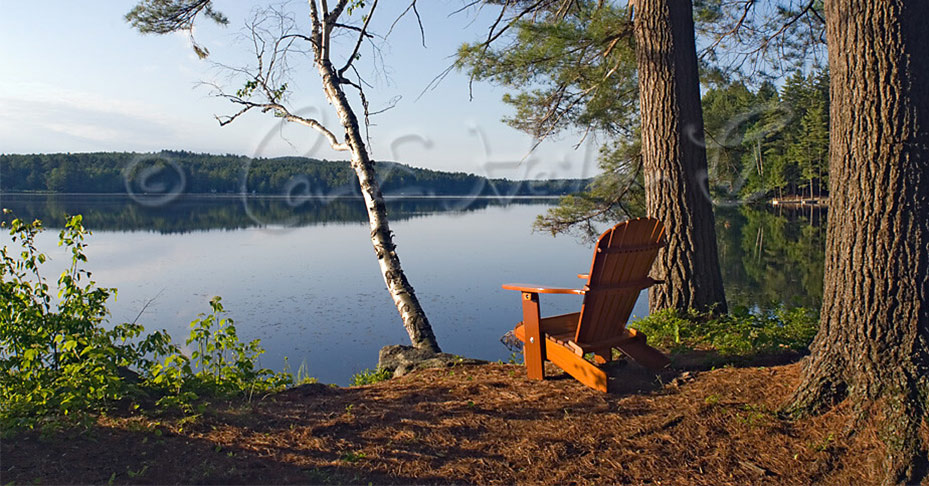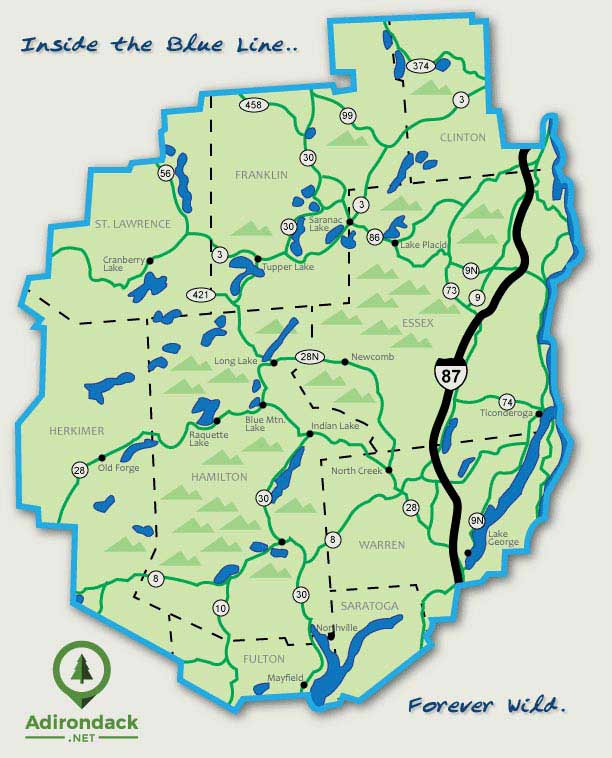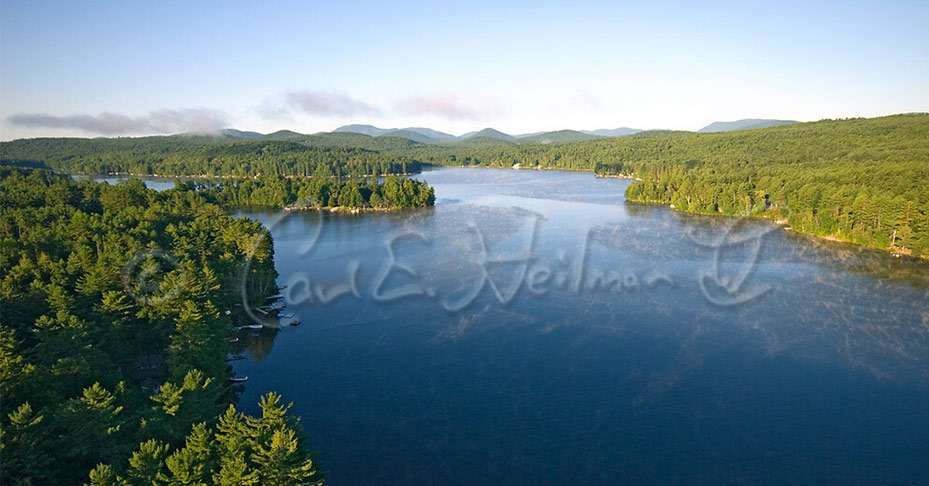The Adirondack Park: 6 Million Pristine Acres in New York State
New York State is home to a number of natural and man-made wonders - including portions of a pair of Great Lakes, a towering waterfall that gushes 3,160 tons of water per second, and the most populous city in the United States - but one of the most pristine and captivating features of the state is the Adirondack Park. This 6 million acre marvel features mountains, forests, lakes, ponds, streams, and hundreds of species of flora and fauna. To visit the Adirondacks is to immerse oneself in nature, and the benefits of spending time here have been touted for more than a century.

A Brief History of the Adirondack Park
The Adirondack Park was officially established by the New York State Legislature in 1892 in order to protect the region's natural resources. As a result of the booming logging industry in the country at that time, a "forever wild" clause was added two years later that prevented timber cutting and the sale or lease of state lands. In 1912, clarification of what the Park's boundary - also known as "the blue line" - included would ultimately result in a 6 million acre combination of public and private lands where people live, work, and play.
In the mid-to-late 1800s, well-to-do families from urban areas began building sprawling summer homes in the Adirondacks so they could escape the heat and the crowds that accompanied summer in the city. Some of the "Great Camps" they constructed still stand throughout the Park today.
Around the same time, doctors began to tout the benefits of fresh air and the natural environment as they related to the treatment of ailments like tuberculosis. People flocked to the region in the late 1800s and early 1900s to "take the cure" for themselves, and thus the region gained its reputation of being good for one's health.
Many prominent figures have spent time in the Adirondacks over the years, including Theodore Roosevelt who was at the Tahawus Club near Newcomb NY when President William McKinley's health took a turn for the worse after he was shot in 1901.
One of the region's distinct honors came not once, but twice in the 20th century. Lake Placid, a village within the Adirondack Park, brought prestige and history to the region when it was selected to host the Olympic Winter Games in 1932 and again in 1980.
In recent years, the Adirondack Park has racked up accolades for its incredible towns and villages, outdoor recreational opportunities, and unparalleled natural beauty.
To learn more about the Adirondacks, past and present, visit our History Guide.

Types of Lands Within the Blue Line
The state-owned lands within the Adirondack Park are part of the Adirondack Forest Preserve and are protected by the "forever wild" clause in New York State's Constitution. Most of the Forest Preserve lands in the Adirondacks are classified as either Wilderness, Primitive, or Wild Forest.
"Wilderness" areas are the largest and most remote tracts of land. Wilderness areas include: Dix Mountain, Giant Mountain, High Peaks, Jay Mountain, McKenzie Mountain, and Sentinel Range. Motorized vehicles are not permitted, and structures are limited to lean-tos.
"Primitive" areas are similar to "Wilderness" areas, however these include structures such as roads, firetowers and private inholdings. Primitive areas include: Ampersand, Hurricane Mountain, and Johns Brook.
"Wild Forest" tracts are smaller, but see more traffic as motorized vehicles and snowmobiles are permitted on designated trails. Wild Forest areas include: Hammond Pond, Saranac Lakes, Taylor Pond, and Wilmington.
Different activities - including hiking, biking, paddling, rafting, fishing/hunting, and skiing/snowboarding - are allowed on different types of lands. Before you set out on an Adirondack adventure, make sure you know what type of land you'll be visiting so you can plan accordingly.

Preserving The Park For Future Generations
As the Adirondacks grow in popularity, so too does the importance of preserving the region for future generations.
There are simple steps that visitors can take to make a positive impact on the Park, including following the principles of Leave No Trace and being respectful of all the plants and animals you encounter, no matter how small.
The Adirondack Park is a unique wonder. Come experience its beauty for yourself!